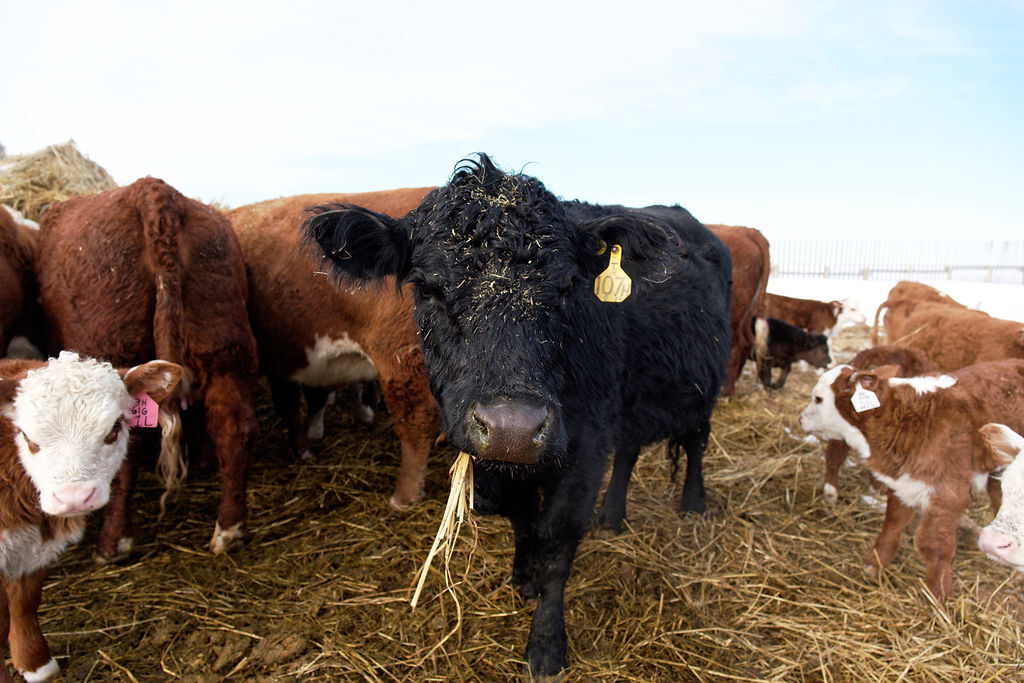April 5, 2023 (Saskatoon, SK) – The Agricultural Producers Association of Saskatchewan (APAS) held their Livestock Summit at the Saskatoon Inn and Conference Centre.
The Summit brought together industry leaders, producers, bankers, policymakers, and other industry professionals for a full day to discuss a wide variety of issues, as well as identifying opportunities to positively impact the long-term success of the industry.
“Today was about identifying ways to create long-term success for livestock production in our province,” APAS President Ian Boxall said. “Producers have been faced with numerous challenges over the last few years, and many have made the painful decision to exit the industry and repurpose lands. If this trend continues, there will be consequences that reverberate throughout the industry. That’s why our members wanted to take action.”
“We heard that demographics may be the most significant issue facing the future of the industry. Access to capital is a significant barrier for young producers,” noted Boxall. “In addition, some of the current risk management programs are not meeting the needs of livestock producers and may be having unintended consequences of encouraging some to exit the industry.”
“The importance of preserving Saskatchewan’s mixed farm model is crucial,” said Dr. Scott Wright, Director of the Livestock and Forage Centre of Excellence. “It’s encouraging to see different ag groups engaging with one another to identify alternatives and amplify their voices on the importance of securing the future success of livestock production. This is the type of collaboration needed to work through these challenges.”
“The environmental benefit of livestock production is a significant policy objective of government,” Boxall highlighted. “We need to leverage this inherent public good to create tools that will help maintain and enhance the long-term success of the industry. This has to be the goal.”
With the Summit now complete, APAS will summarize and prioritize the policy issues and begin working through its committees and other organizations to develop policy proposals for discussion with provincial and federal governments.
Full release available here:




